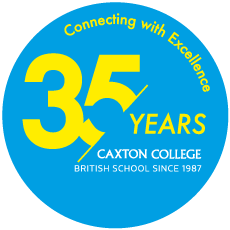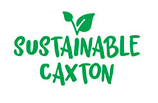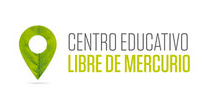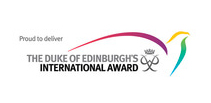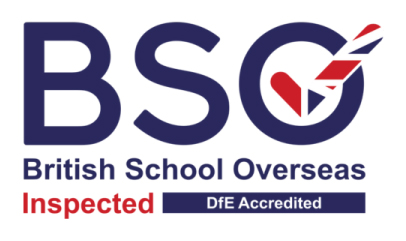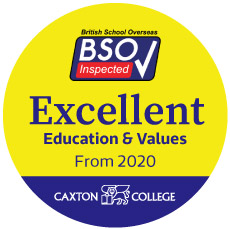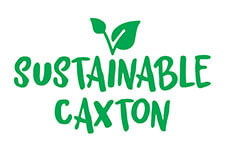On a regular basis, the school revises and updates how new technologies are used in the classrooms so that students make the best possible use of them. Currently, in Early Years (up to 2 years of age), no screens are used at all, and are used only sparingly from age 3 to 9. Both in Primary and in Secondary, we work constantly to achieve a balance between the use of iPads and interactive panels and the time spent on paper-based reading and writing activities.
In order for technological resources to be used responsibly, and to be perceived as a tool meant only to be used for educational purposes, we aim for families to work with us so that this is achieved equally at home and at school. We therefore share information and offer technical support to our entire educational community–such as programmes to restrict the use of digital devices–so that through collaboration by all parts, we can find a balance between the benefits that technology can bring to learning and the challenges that it presents.
Our pupils have the advantage of an innovative educational experience that connects the humanities with technology.
They participate in an educational project where Information Technology promotes their creativity, teamwork, motivation, research and critical thought.
They are part of a teaching model in which pupils generate content with their technological devices both in the classroom and outside of it, and afterwards the teacher gives them personalised and interactive guidance.
As our school principal Marta Gil points out, ‘new technologies applied to education help our pupils to explore new creative paths that promote their learning whilst working in a team outside the classroom. They can also acquire knowledge quickly and efficiently thanks to universal and immediate access to audiovisual information’.
All of our pupils from Year 1 to Year 11 study computer science, following the British educational system, which includes elements of computational thinking, programming and robotics.
Significant technological resources
- All classrooms are equipped with the latest technology: computers, interactive screens or LED projectors, Apple TV and speakers.
- High speed WiFi throughout the school.
- 16 iPads for use in Early Years.
- TecnoZone with 14 latest-generation iPads, a Robotics table and 28 latest-generation computers for Primary.
- 2 ICT suites, both with latest-generation computers or laptops for Secondary.
- Innolab equipped for Robotics and 3D printing in Secondary.
- Secure network: Firewall, internet filters and MDM (Mobile Device Management) system.
- Latest-generation iPads for all teaching staff.
- TIC Department and IT staff to support teachers, pupils and parents.
- Pupil E-portfolio online with multi-device access.
- Bluetooth sensors used with mobile devices for science experiments.
- Promethean touch sensitive TVs in Years 1 and 2.
- Touch screen monitors for teachers in Nursery and Reception.
- Regular informative workshops for parents.
- Training for teaching staff.
- Parent Profile (via web and app) where parents can access the following areas:
- Two-way channel of communication with school
- Pupil progress list
- Academic records
- Calendar of events
- Relevant documentation
- News items
- Robotics with Lego WeDo in Primary.
- Programming Blue-Bots with iPads.
- Robotics Club in Primary and Secondary.
- Oscars: project based on collaborative learning using a variety of applications, together with iMovie on pupils’ iPads.
- “Tech Team” in Primary and Secondary: groups of pupils who help their classmates by organising the Techno Zone and creating tutorial videos.
- From Years 5 to 13 pupils bring their own iPads to school every day and use a wide range of creative apps.
- Programming with Scratch and Python.
- Mindstorms, Robbo, Arduino: the highest level of robotics for LEGO education in Secondary.
Educational Project 1:1
Easy, intuitive and effective are the principles that guide the implementation of ‘technology for creativity’ at Caxton College.
In the 1:1 iPad project, every pupil brings their own device to school. This allows learning to take place in any physical location and at any moment. Both in Primary and in Secondary, a wide range of applications are used to enrich teaching and learning in the different areas of knowledge. Pupils use cloud services to work together in groups and to share information with one another.
Our classrooms are designed to support interactive learning. Each teacher has an iPad in order to access online resources and applications as an additional educational tool.
The use of technology is integrated into the curriculum gradually. For Primary pupils in Years 5 and 6 (ages 9 and 10), the iPad is used as an alternative tool, and the teacher decides at each moment which medium is the most appropriate for learning: whether a textbook, a class discussion or the iPad, amongst others. Pupils must face the challenge of using critical thinking and their own skills to resolve problems. This also allows teachers to encourage their pupils to be more creative, which has resulted in them creating their own eBooks, presentations and films.
Currently both in Primary and Secondary, the exchange of work and marking between the teacher and pupils can take place in the cloud, meaning that the pupil can complete independent work and receive feedback from the teacher very quickly. In order to facilitate this, different tools in the G Suite platform are used, including email accounts for Secondary students, that are easy to use for both pupils and teachers.
The project continues in Secondary and Sixth Form education (from Year 7 to 13, ages 11 to 18). Teachers decide when to use iPads and balance use of the different resources available throughout all curricular areas. The use of technology promotes an increase in pupils’ enthusiasm for learning and motivates them to take on more responsibility for their own learning, in addition to developing their creativity and improving opportunities for group work. Pupils are more dedicated and motivated, and their confidence and work ethic improve. Sixth Form students bring either an iPad or a laptop computer to school, sign a user agreement stating that they will make proper use of their devices only for educational purposes and benefit from exclusive use of a fast and secure network.
With our experience in using iPads, the school has implemented a system of profiles that allows restrictions and limitations to be applied according to the students’ needs. A profile is an individual file that is installed in the iPad and that activates or deactivates different functions on the device. This system permits navigation to certain websites, deletes chat messages or even formats devices. As a technological tool, the iPad provides opportunities for leisure and play, but both students and parents must be aware that during the school day, the iPad is a device to be used for schoolwork and only by the pupil. For this reason, the apps, books and other iPad software that are installed are specific to each class and year.
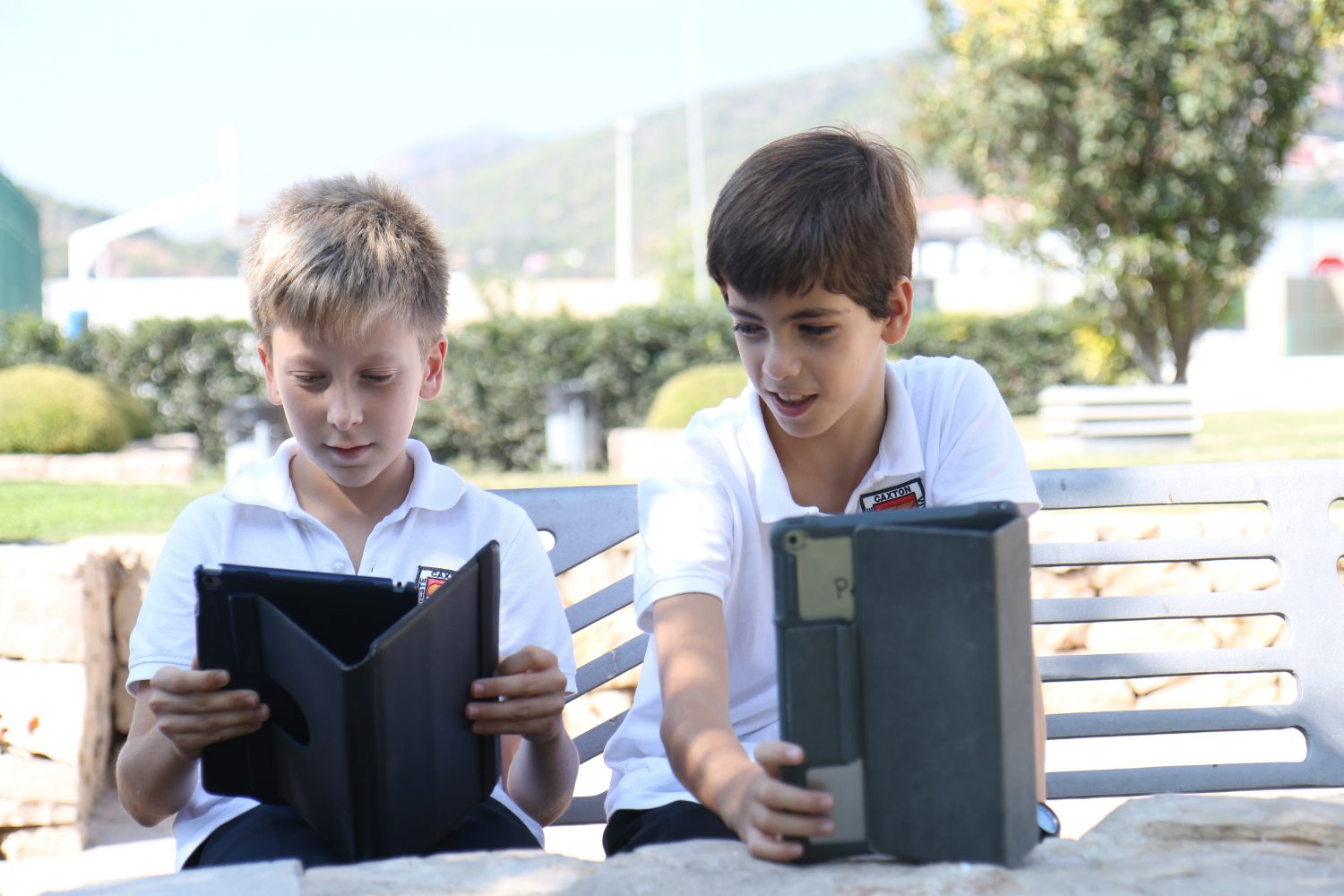
Co-Curricular Technological Activities
Robotics
The school offers the opportunity for those students with special interest in this area to join co-curricular robotics workshops. These activities promote acquisition of a number of skills and abilities essential to life in the 21st century.
Pupils build their own robots in the specially equipped classrooms, the Techno Zone and Innolab.
Tech Team
Two teams of pupils in Primary and Secondary who are passionate about new technologies are the link between the TIC Department, the teaching staff and students. They are the voice of the student population, and they both listen to and express the concerns about digital tools. Since technology is their hobby, they enjoy participating in the initiatives that the school has put into place, and they support the teachers, enriching any technological projects with their vision.





